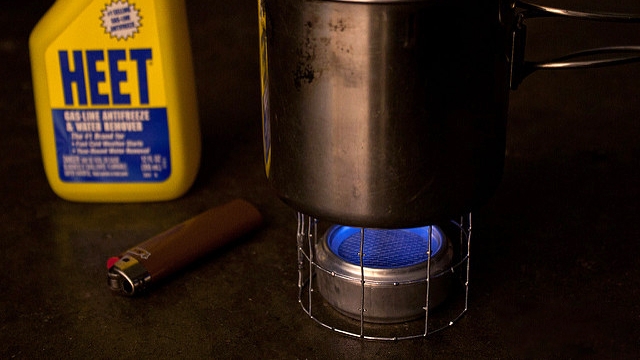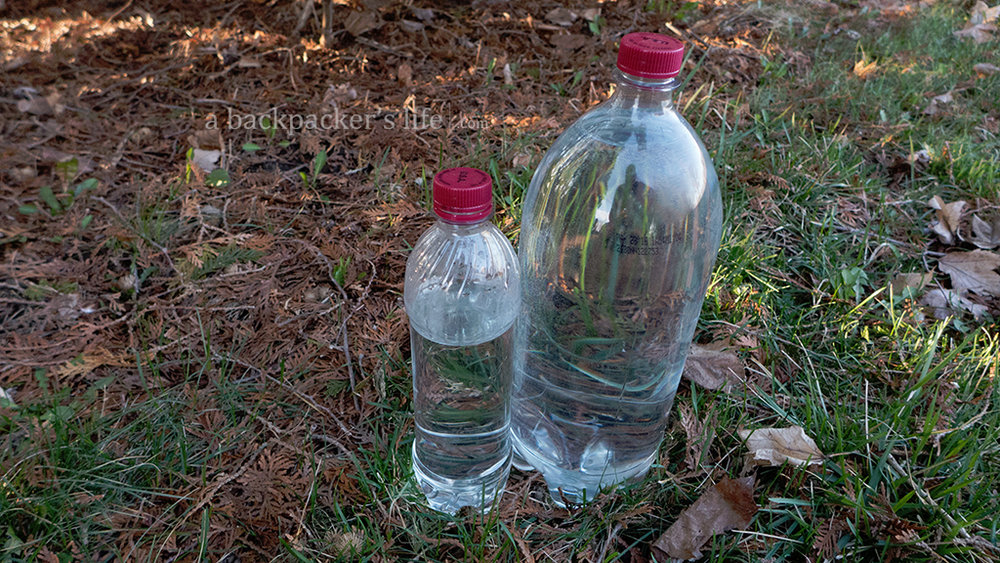When cleaning clothes in the backcountry, I either use water only or baking soda. I prefer to keep as many chemicals out of the backcountry as possible and baking soda is useful in many other ways. If you prefer to use a detergent, there are some that are considerably safer for the environment, and safer ways to use them.
Read More10 Uses for Baking Soda on the Trail
On a long-distance hike, baking soda can help keep your clothes from smelling like a corn chip's foot. If carrying something to make you smell better seems like unnecessary weight, I understand, but it's useful in other ways.
Read MoreNutrition for Thru-hikers: An Interview with Tavis Piattoly, Part 3
For a long-distance hiker, life on the trail often leads to nutritional deficiencies, but in town we have new choices available. In part three of my interview with sports dietitian, Tavis Piatolly, I asked which foods are the best in town.
Read MoreNutrition for Thru-hikers: An Interview with Tavis Piattoly, Part 2
On a long enough hike, where you'll need to stop for supplies along the way, it can be very difficult to stick to a specific meal plan. That being said, in part two of my interview with Sports Dietitian Tavis Piattoly, I asked for specifics.
Read MoreNutrition for Thru-hikers: An Interview with Sports Dietitian, Tavis Piattoly
The Internet is full of sports nutrition advice, much of which is driven by fads and not entirely evidence-based, but even the good advice doesn't take into account the limitations that long-distance hikers face. I decided to consult an expert, Tavis Piattoly's, Sports Dietitian and Nutrition Consultant for the New Orleans Saints,
Read MoreQ&A: Ticks on the Appalachian Trail
Victor asks for tips in dealing with pests and other natives of the Appalachian Trail, such as Ticks, Flies, Mice, Poison Oak, Poison Ivy, and any others not on his radar.
Read MoreGrocery Shopping with a Thru-hiker, Part 2
In part one, I wrote about the features of the best backpacking foods (calorie dense, easy to prepare, nutritious, non-perishable, appetizing, inexpensive, and versatile). In part two, I list common items on my resupply shopping list that take all of that into account with more nutrition advice from New Orleans Saints sports dietitian, Tavis Piattoly.
Read MoreHow to Make a Wicking Alcohol Stove
There's an infinite number of ways to make an alcohol stove, but I like this one because it doesn't need to be primed, it can't explode like pressurized stoves, the burning fuel can't spill if tipped over, and it weighs just 15 grams. Here's how to make it.
Read MoreQ&A: Weather and Morale on the Appalachian Trail
In this post, I answer a question from a soon-to-be Appalachian Trail thru-hiker about how to deal with the inevitable bad weather on the trail.
Read MoreWhy I Use Plastic Soda Bottles For Water Containers
They're Free and Destined for a Landfill
Rather than spend money on various water containers, I carry one or two 16 oz soda bottles and one 2 L bottle for camp. I always carry more than one bottle, so I can lose or break one and still have a way to transport water. A hiker with a dog came to my shelter on the Long Trail in Vermont, and the dog decided one of my water bottles was a fun chew toy. I'm glad I had a backup.
They're Lightweight
At under one ounce, soda bottles are lighter than Nalgene and aluminum bottles.
They're Rigid, but Squeezable
I'm not a fan of water pouches, because they're harder to fill with water from a slow moving source or lake. The rigidity of a plastic bottle won't collapse under the weight of the water.
Unlike Nalgene and other hard plastic or aluminum bottles, soda bottles can be used with squeeze filters, such as Sawyer or LifeStraw. This makes it quick and easy to fill my cook pot or to squeeze all the air out to treat the cap and threads when chemically treating the water. Also, poke a few holes in a spare cap, and you have a camp shower.
They're Better Than Hydration Bladders
Hydration bladders are difficult to get in and out of my backpack, hard to see how much water you have left, hard to clean, and not easy to attach to the outside of any of my packs.
They're Safe
One argument I've heard for using Nalgene or aluminum is that soda bottles can release dioxins in your water. This is an urban legend. There are no dioxins in plastic soda bottles. That being said, avoid heating up water inside the bottle. A group of chemicals called phthalates are sometimes added to plastics to make them flexible and less brittle. These can leach into water if you heat up the plastic. (Reference)
Another reason I've heard for not reusing plastic soda bottles, is that bacteria can develop under the cap, but these get cleaned regularly during my bleach treatment, so I'm not concerned about that. Anyway, It's just as much a problem with Nalgene bottles, Aluminum Bottles, or hydration bladders.










